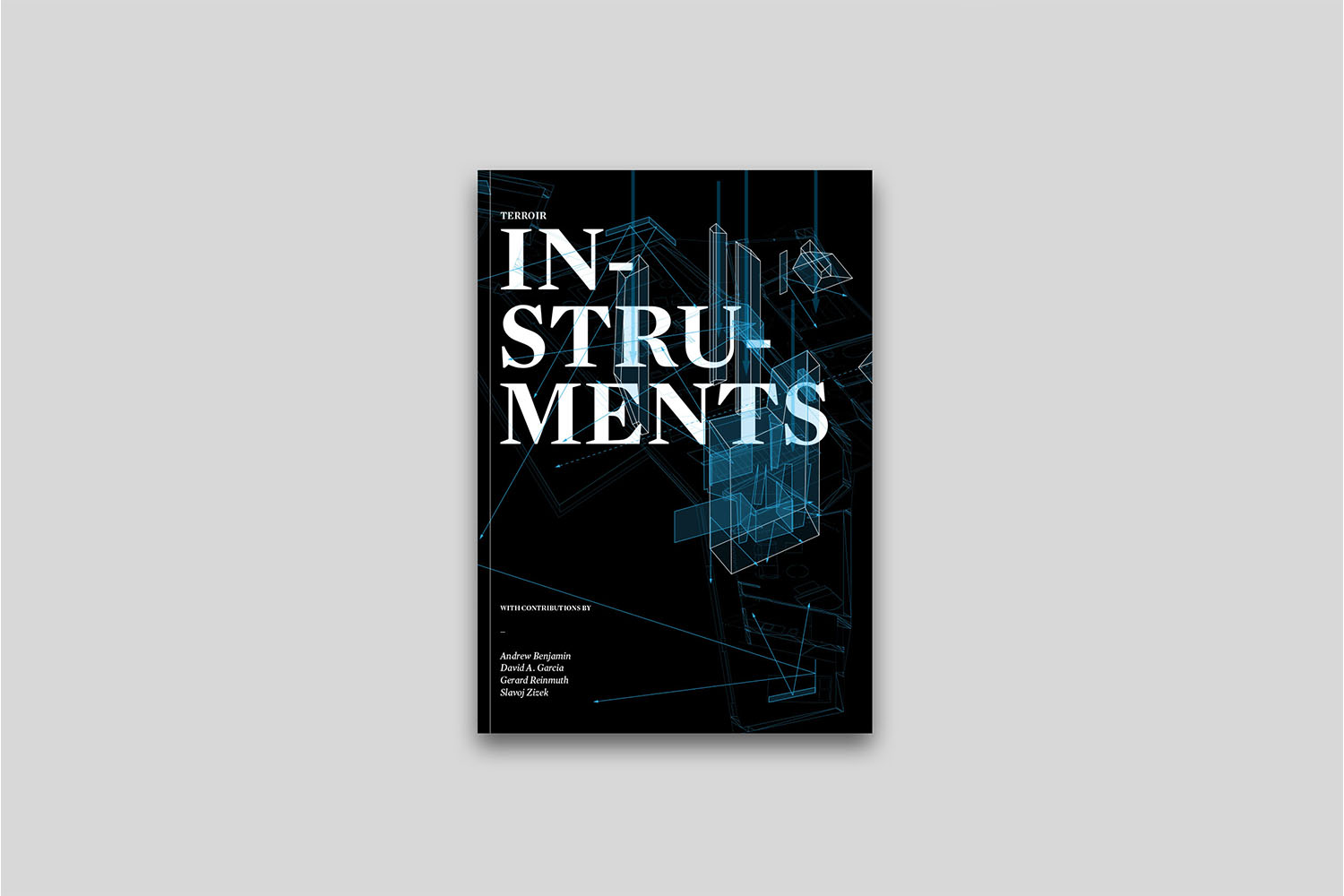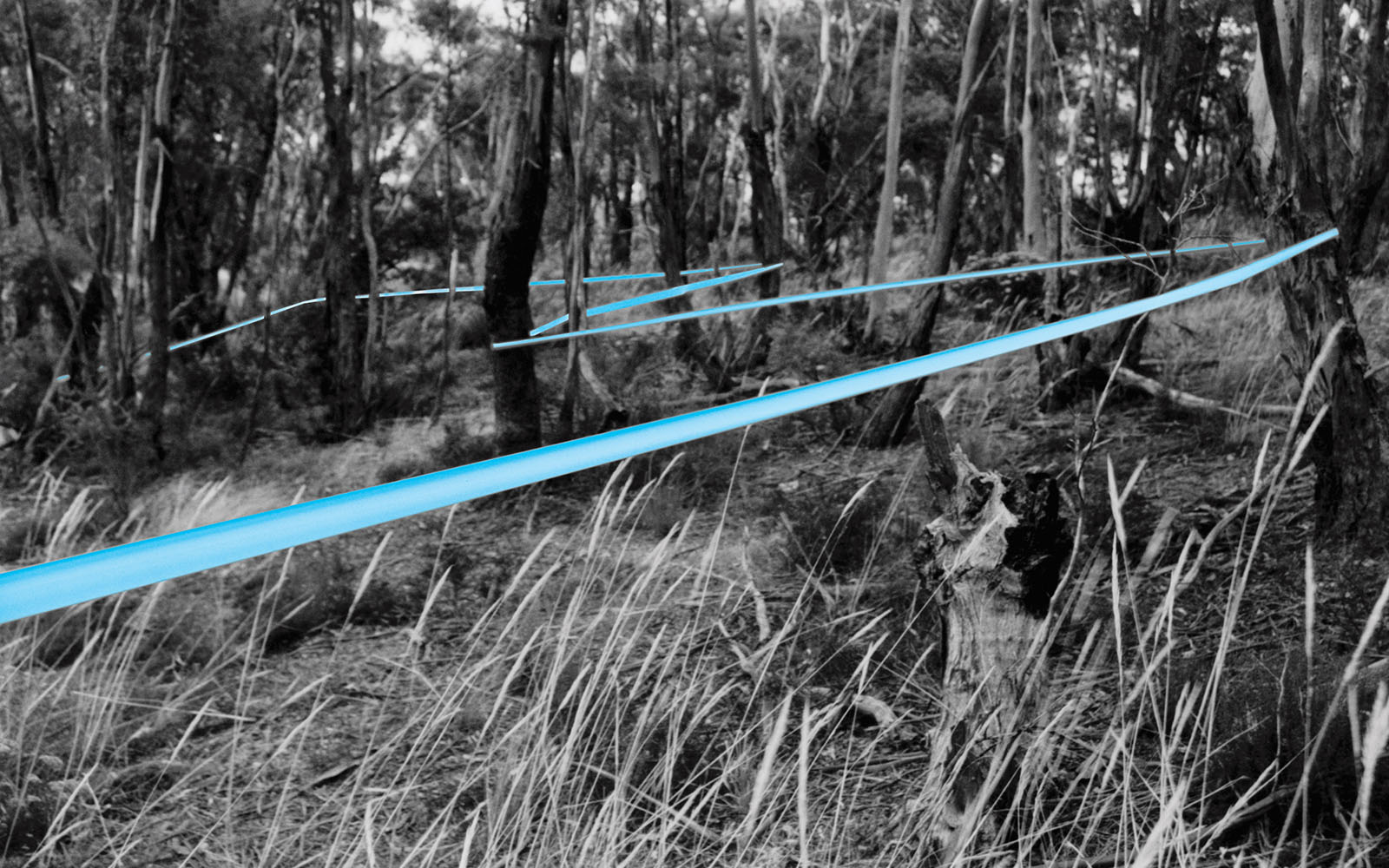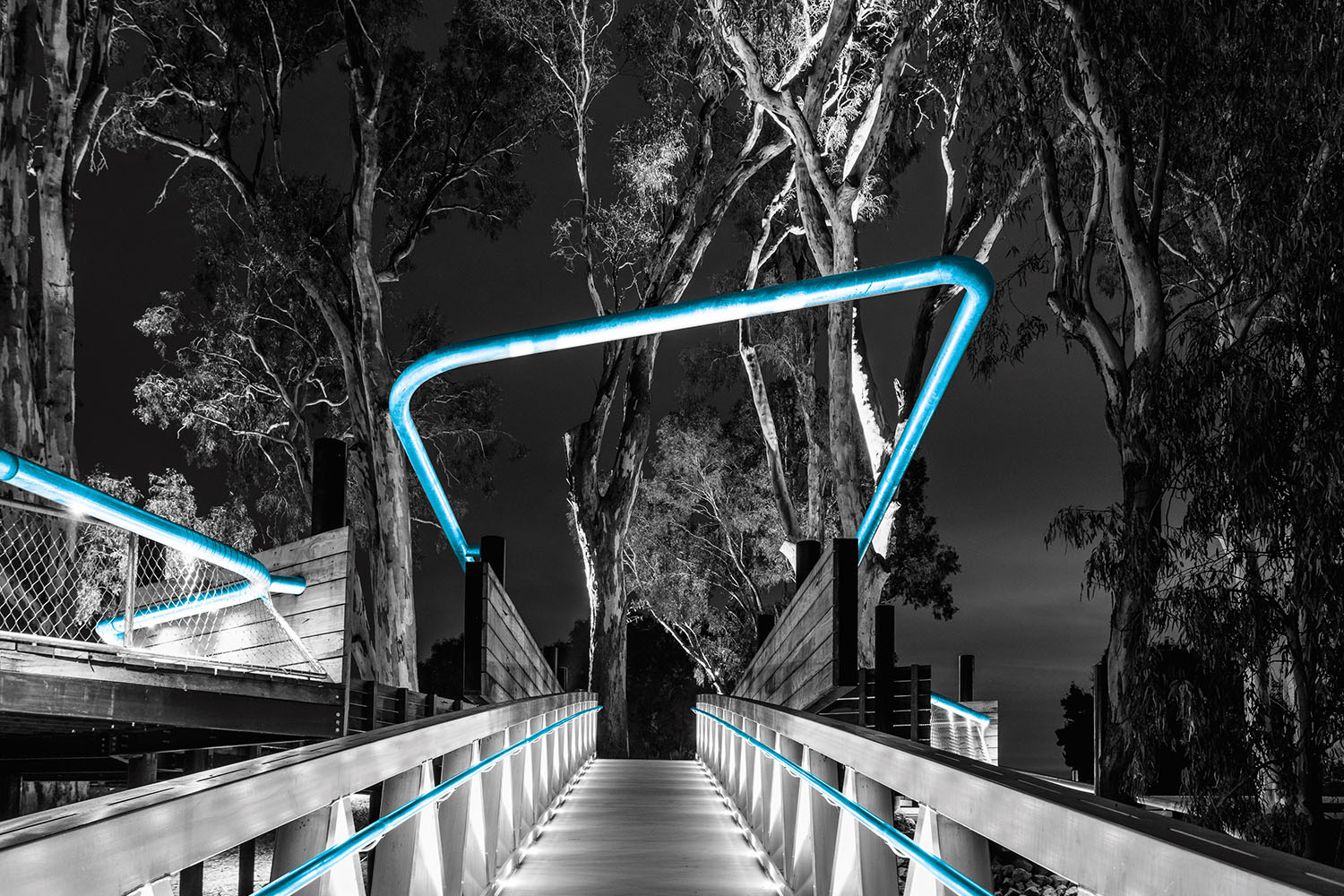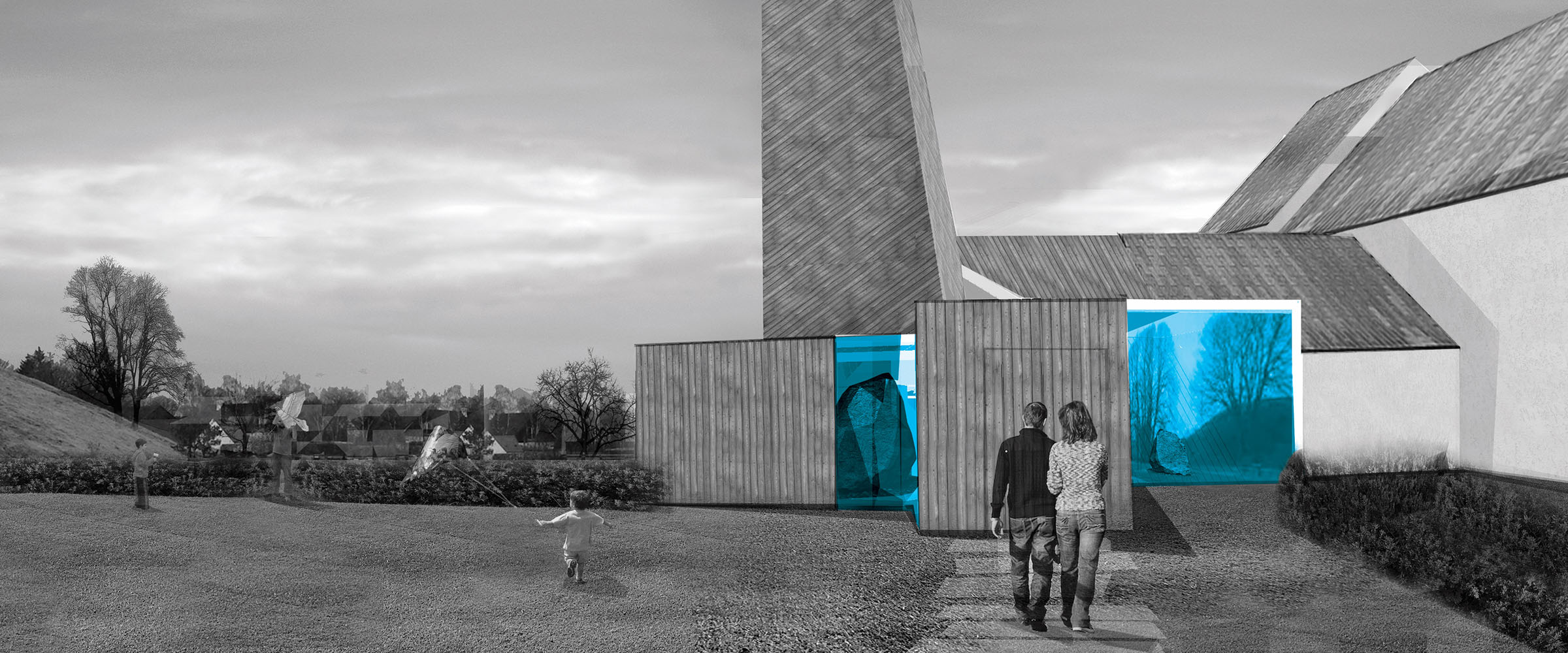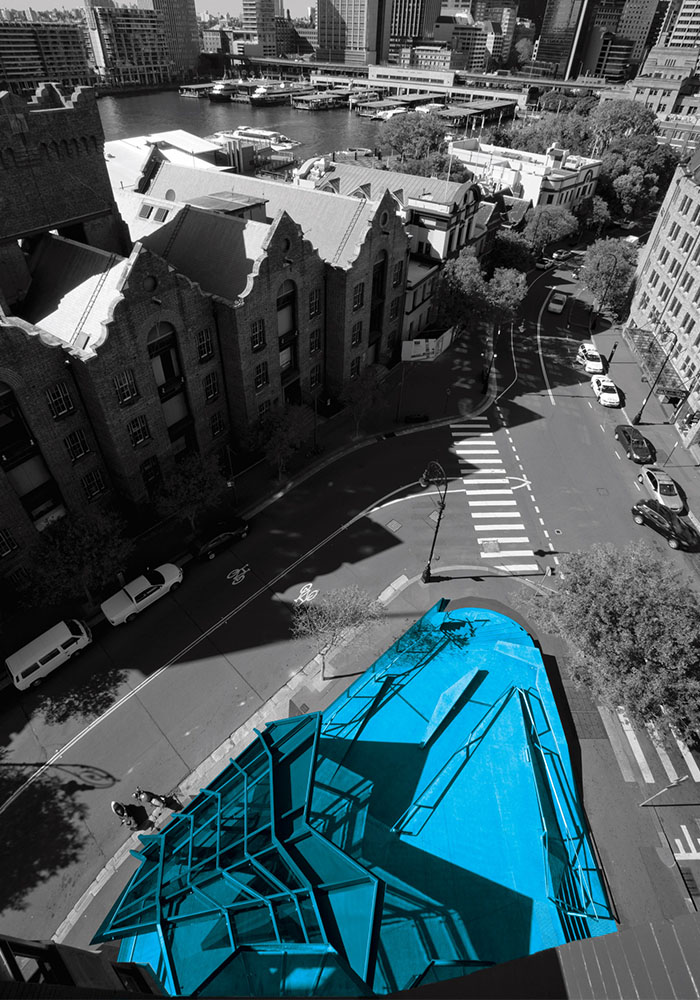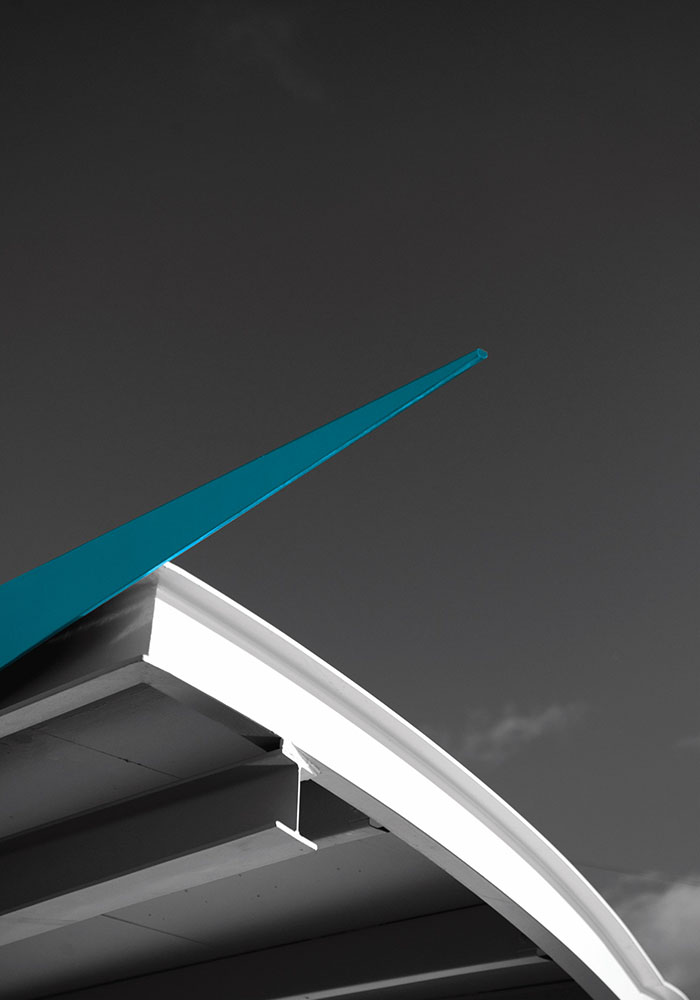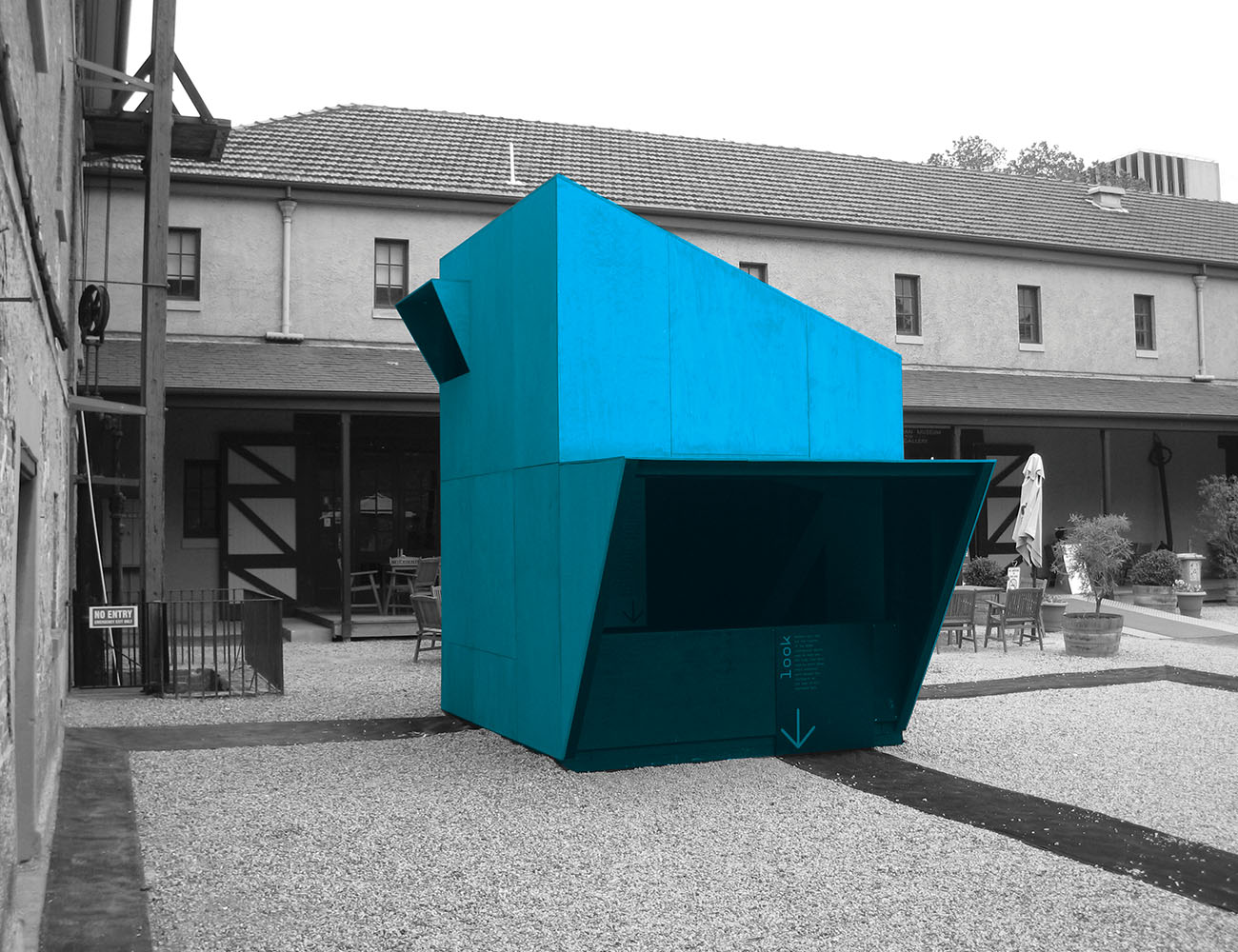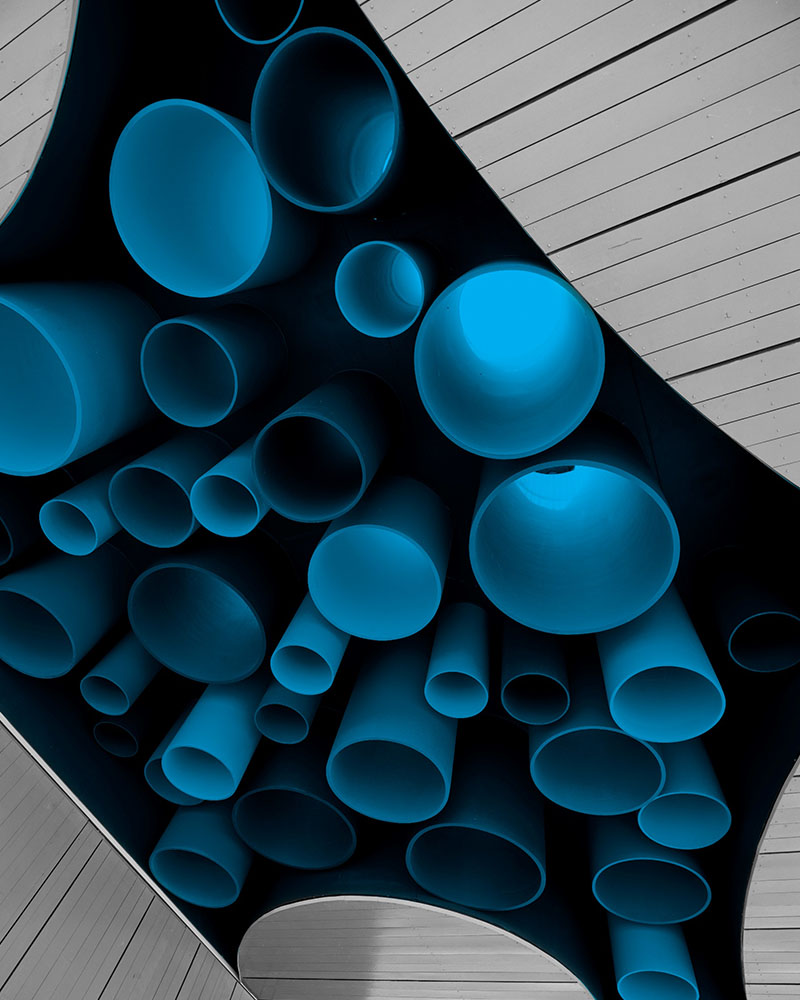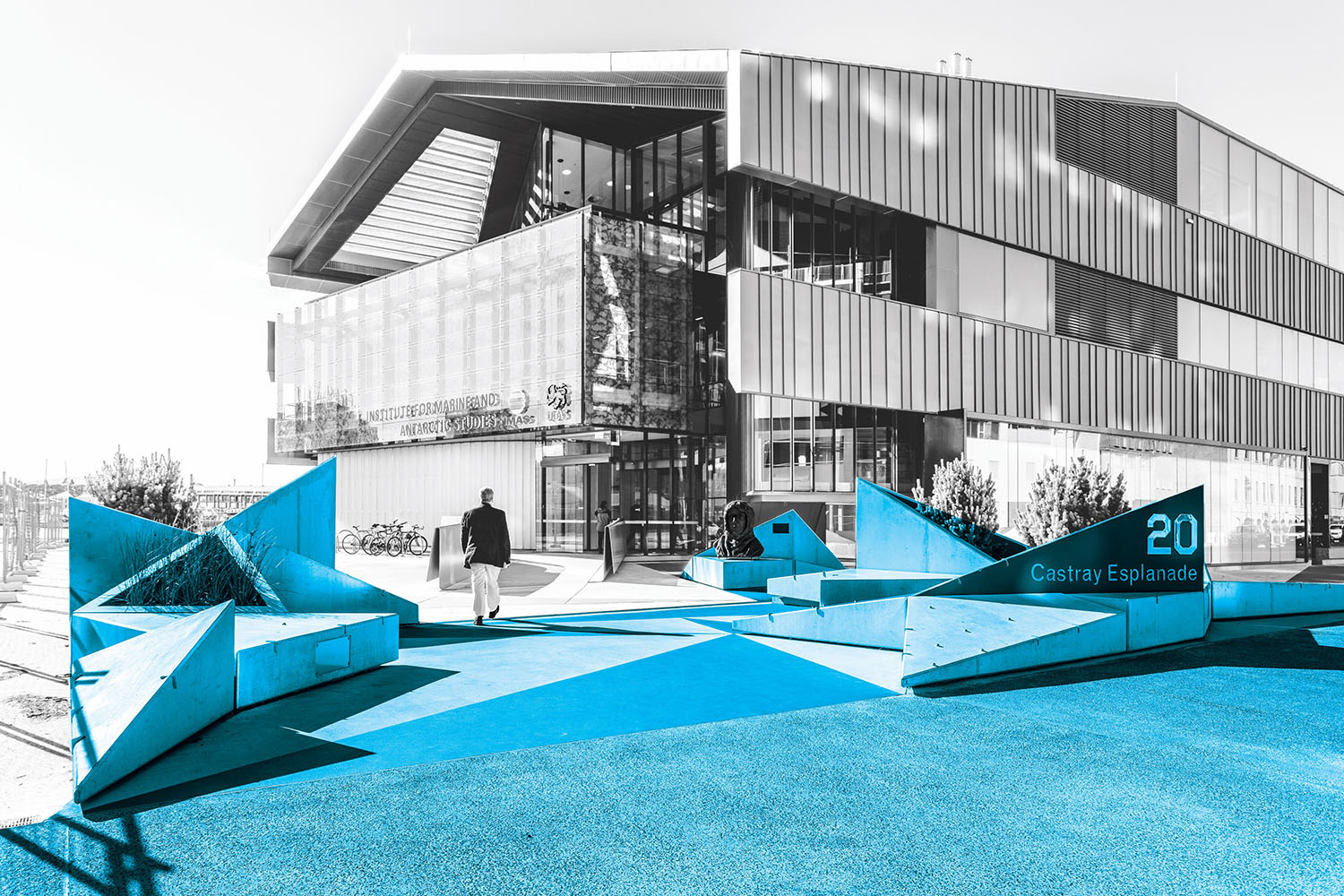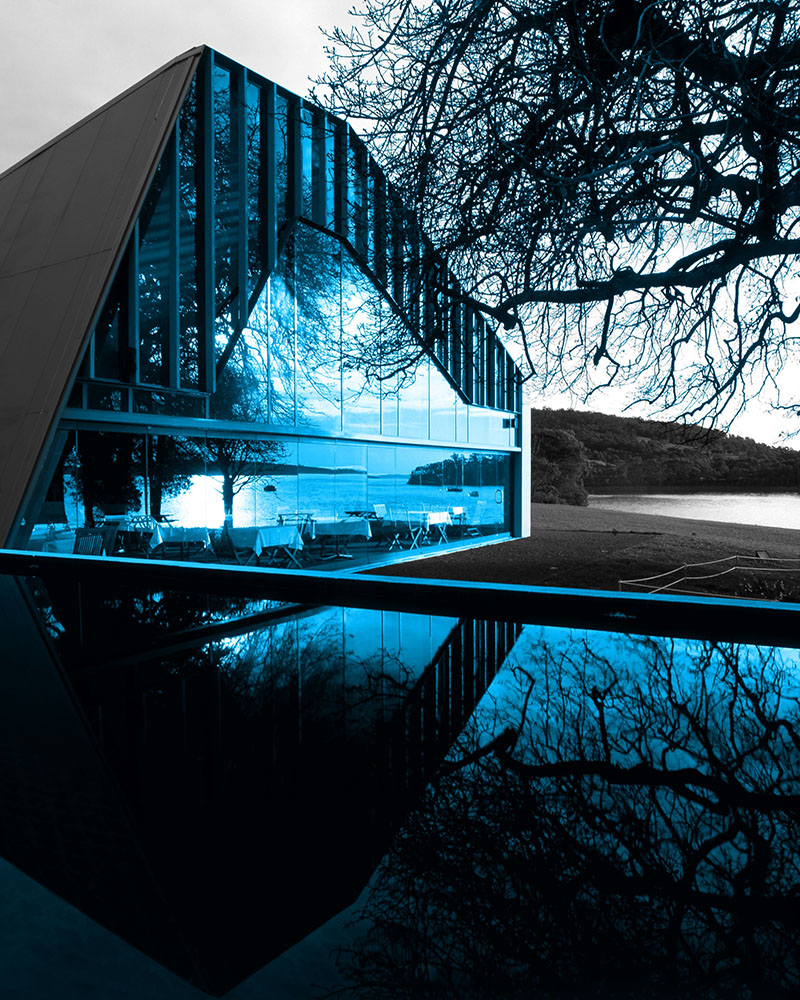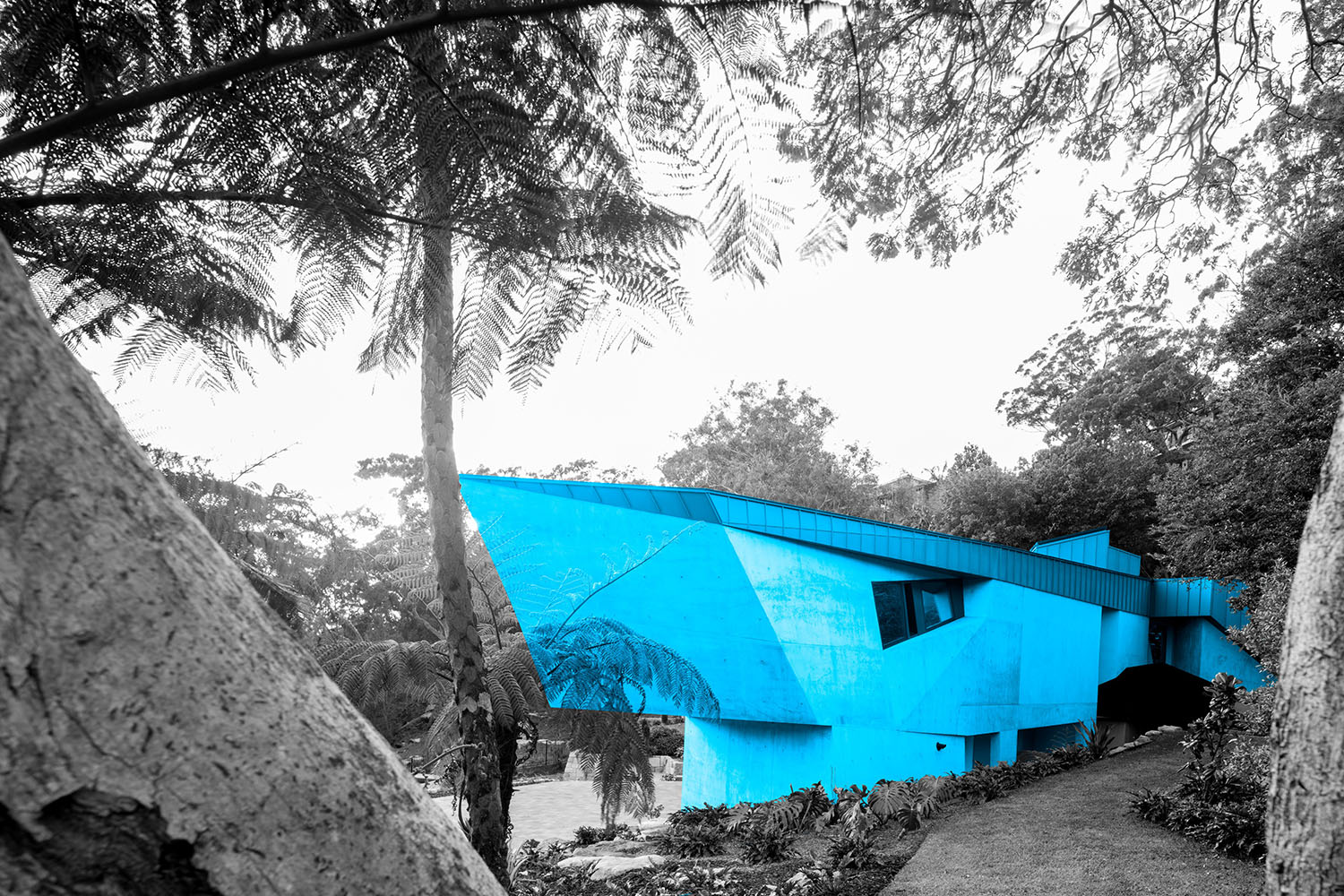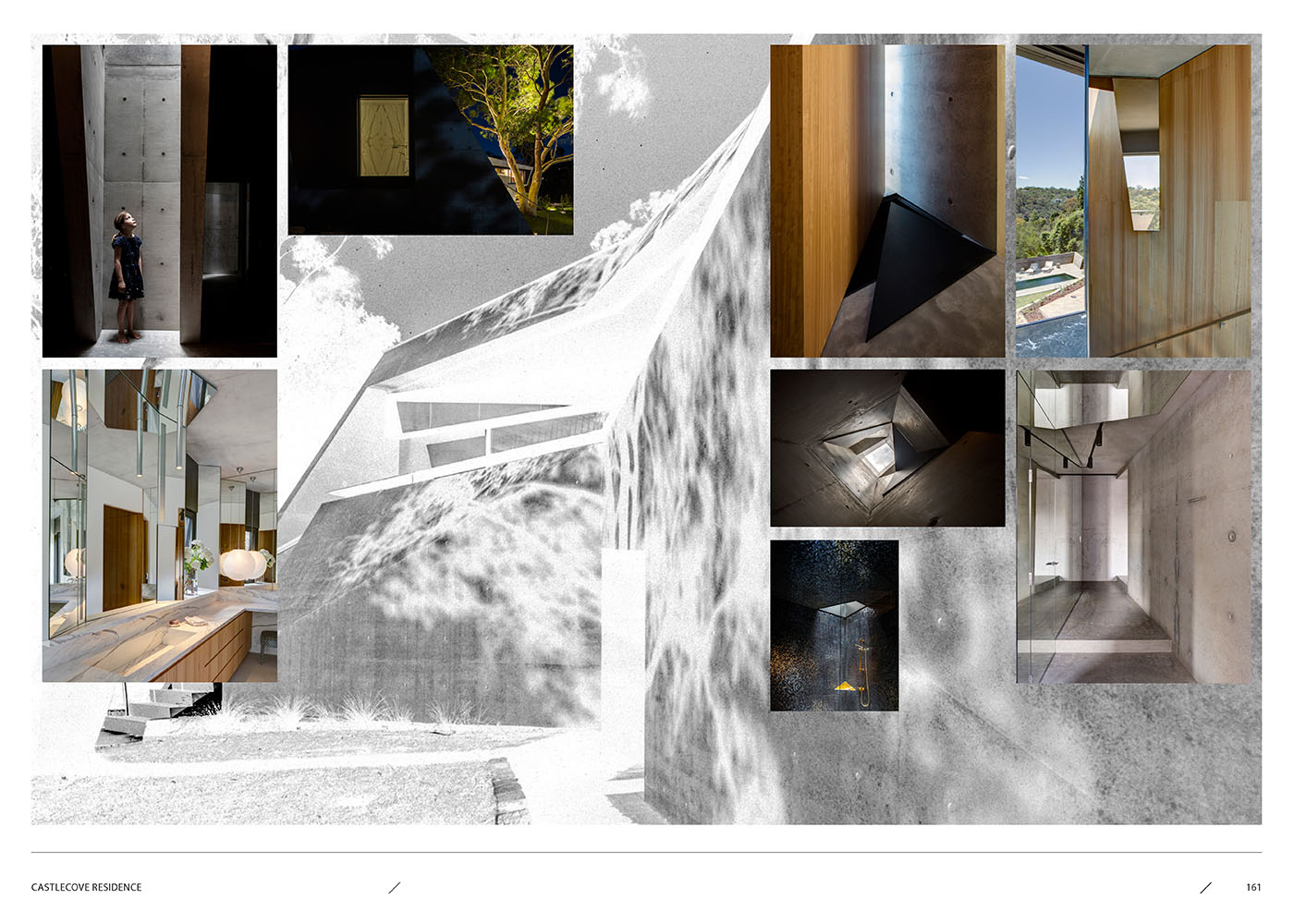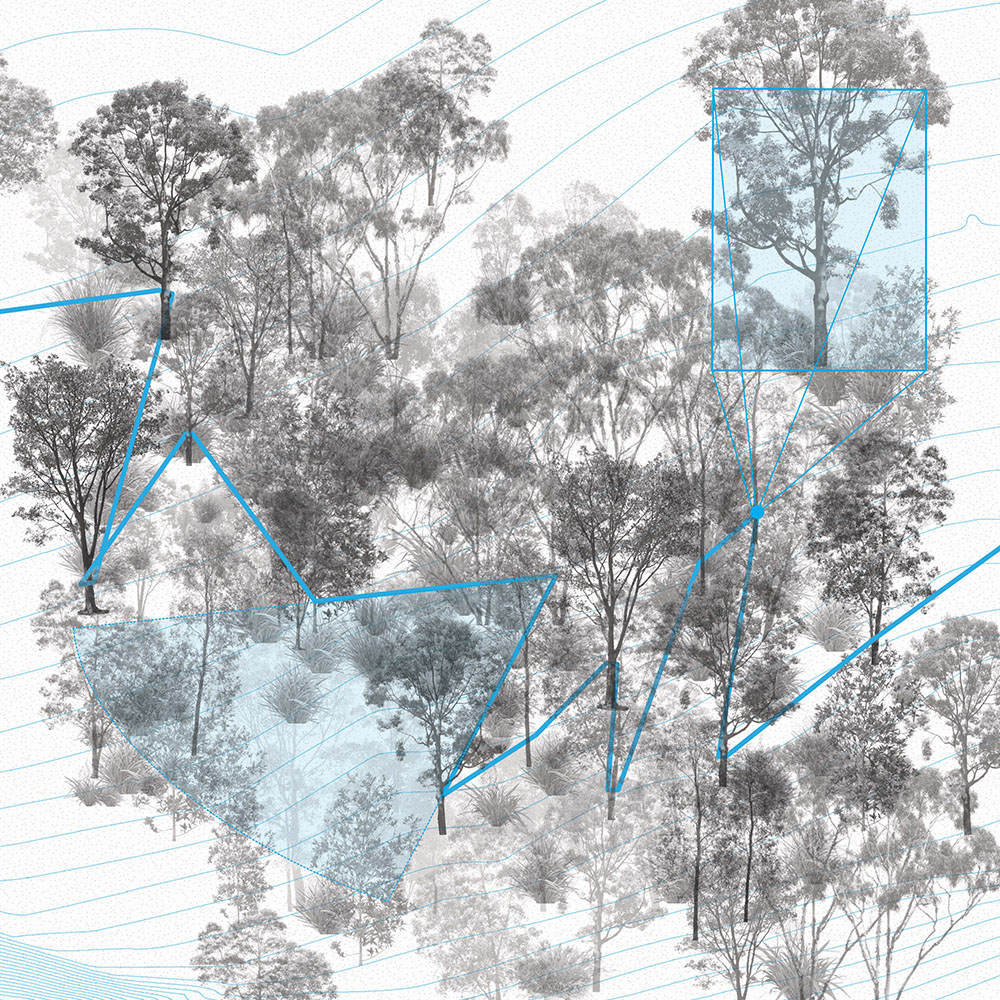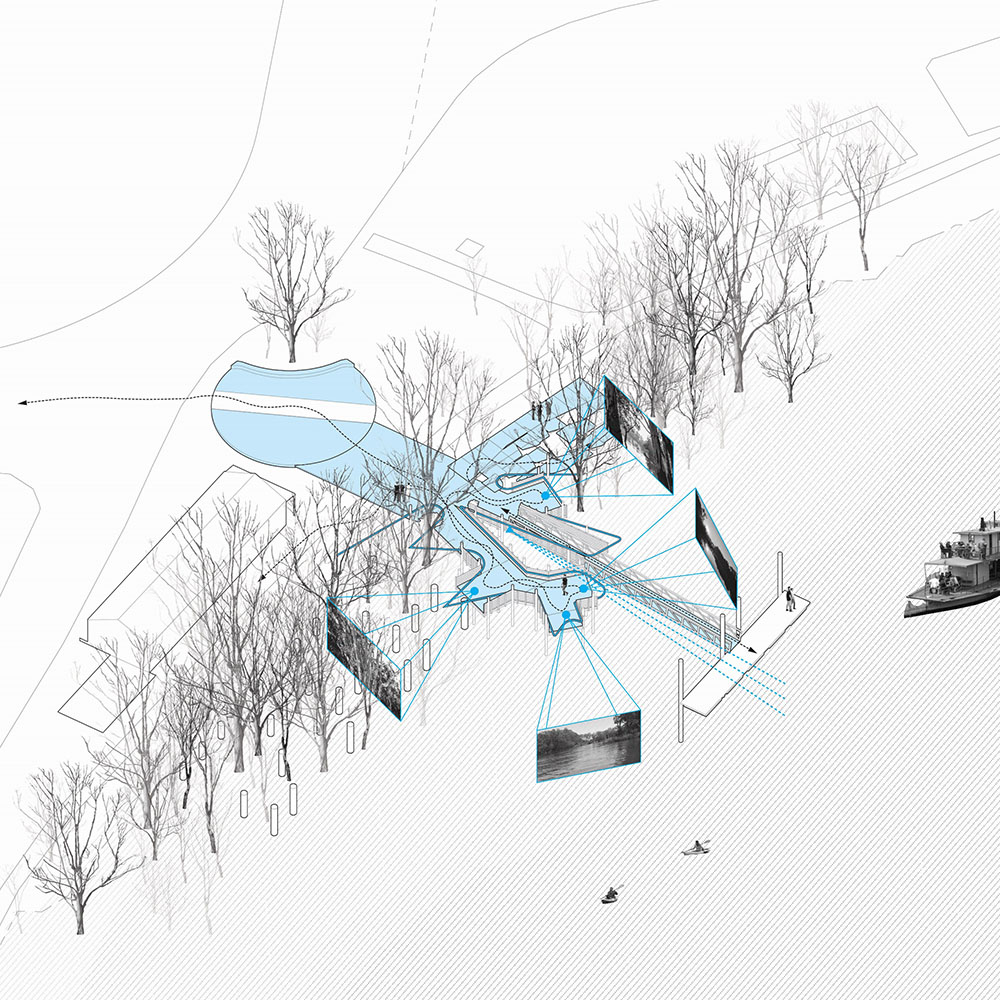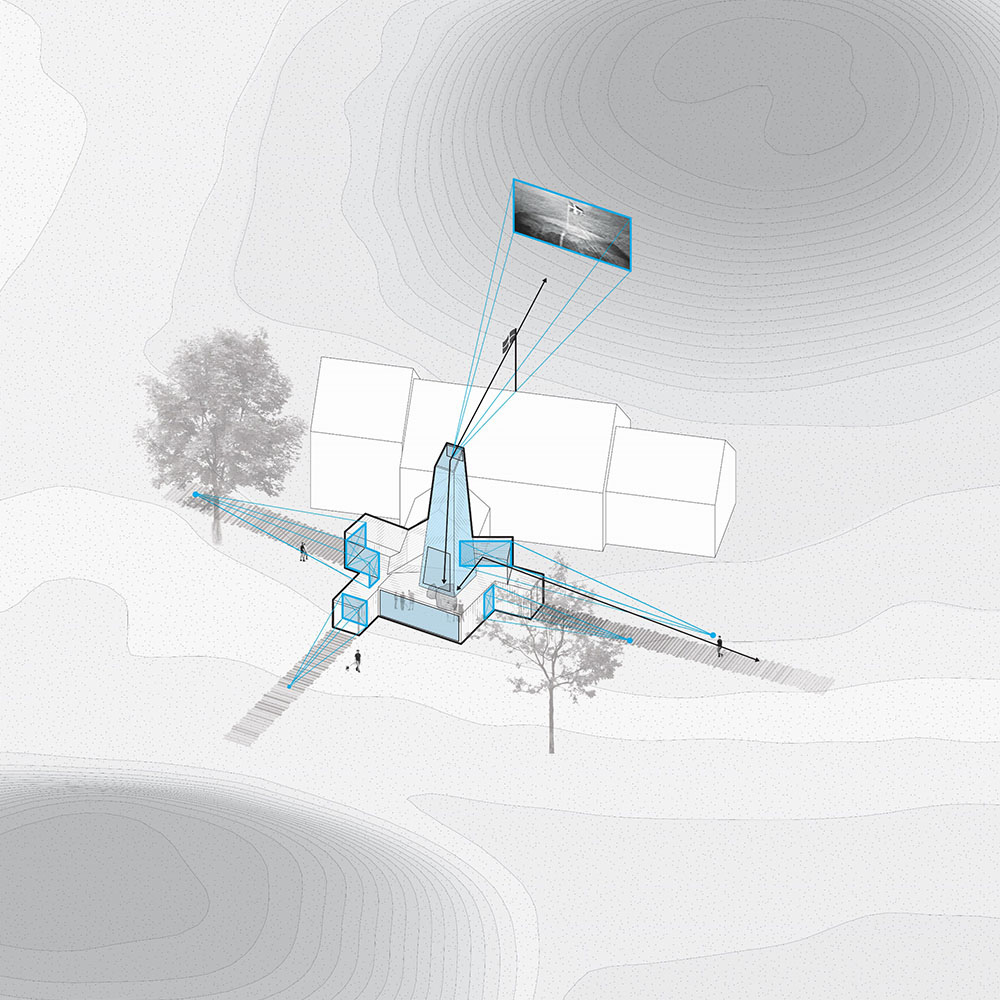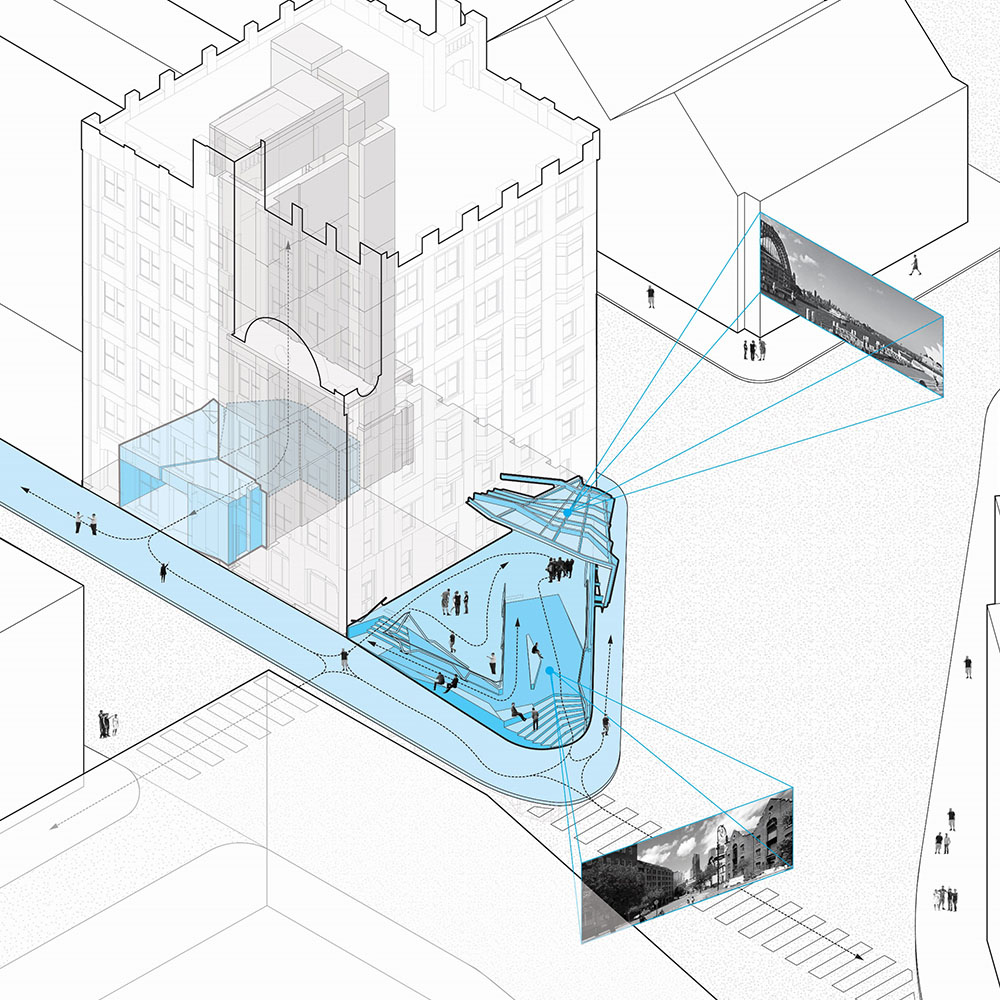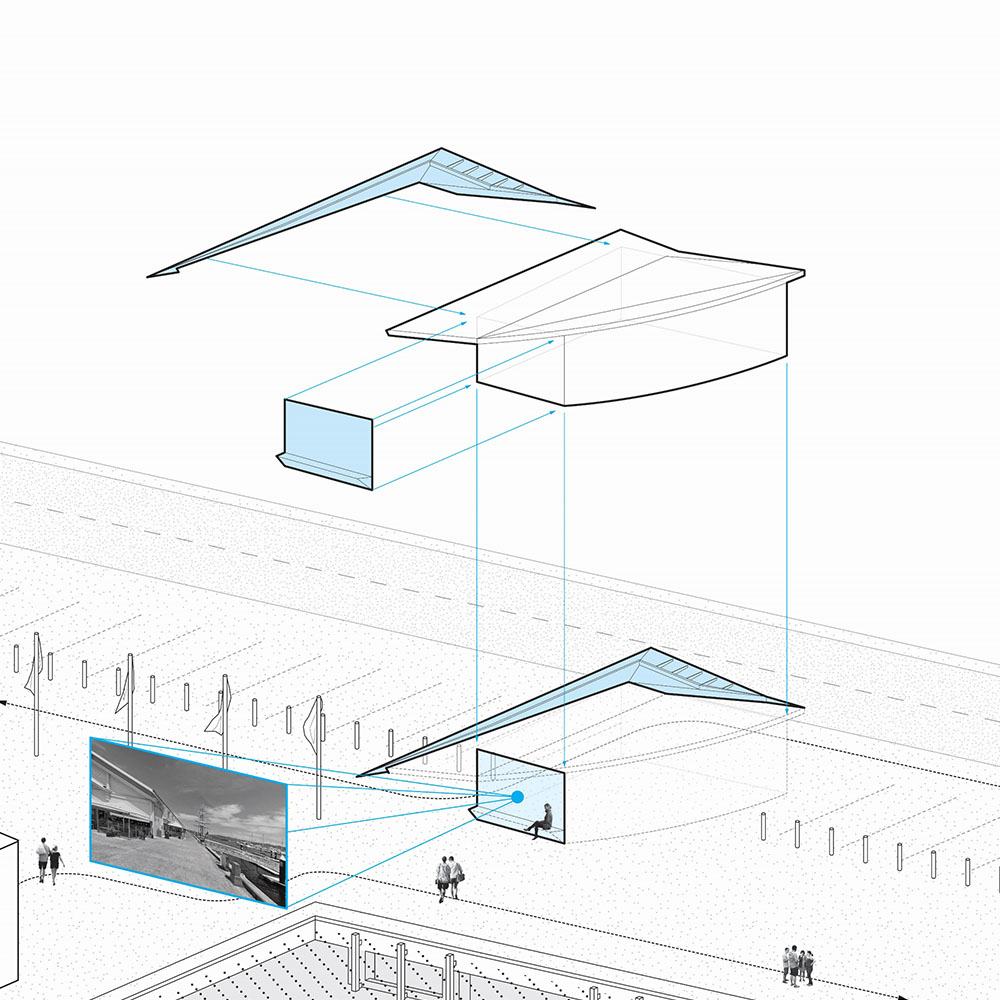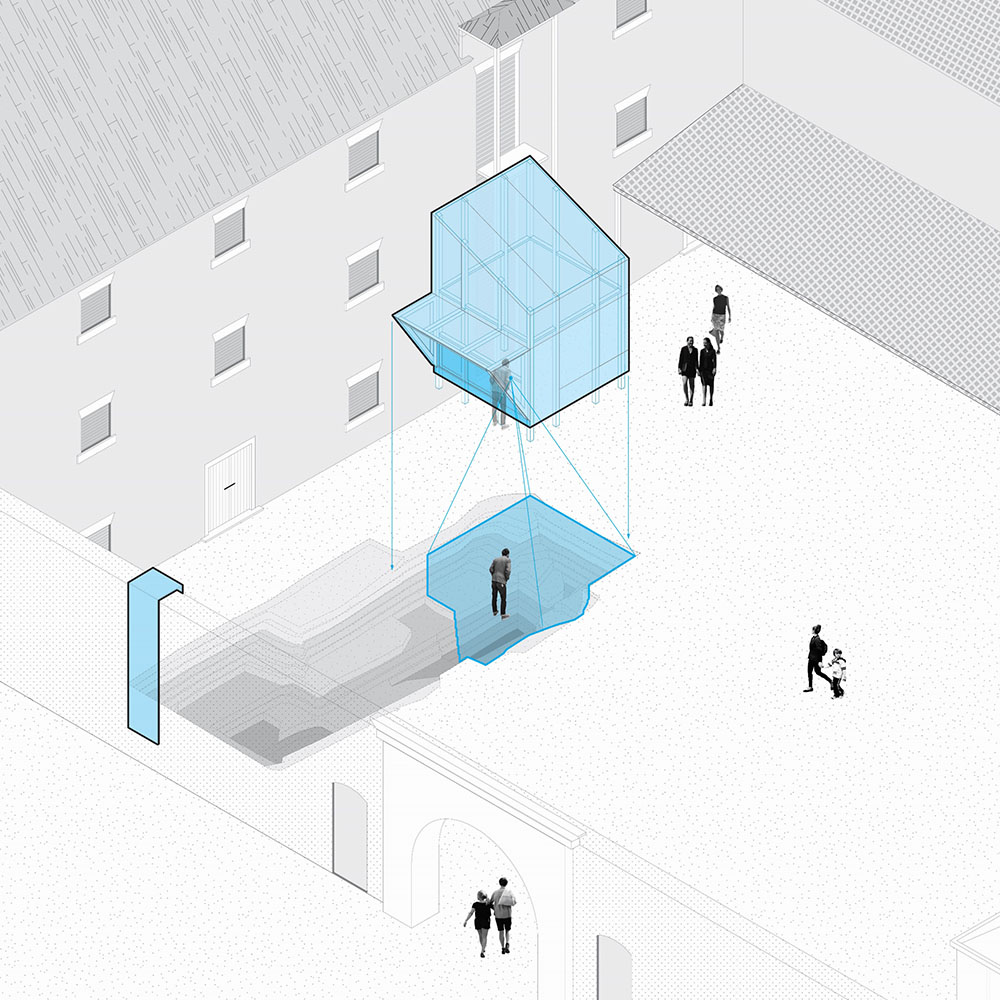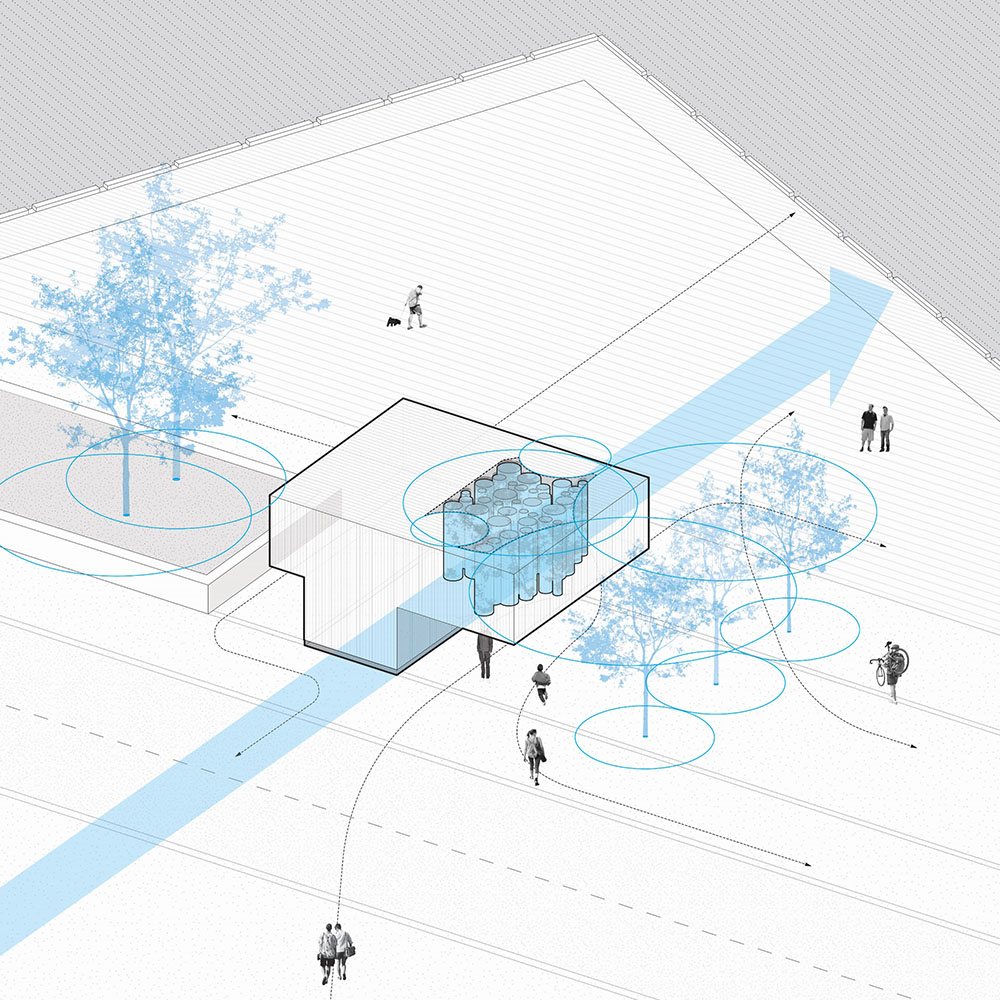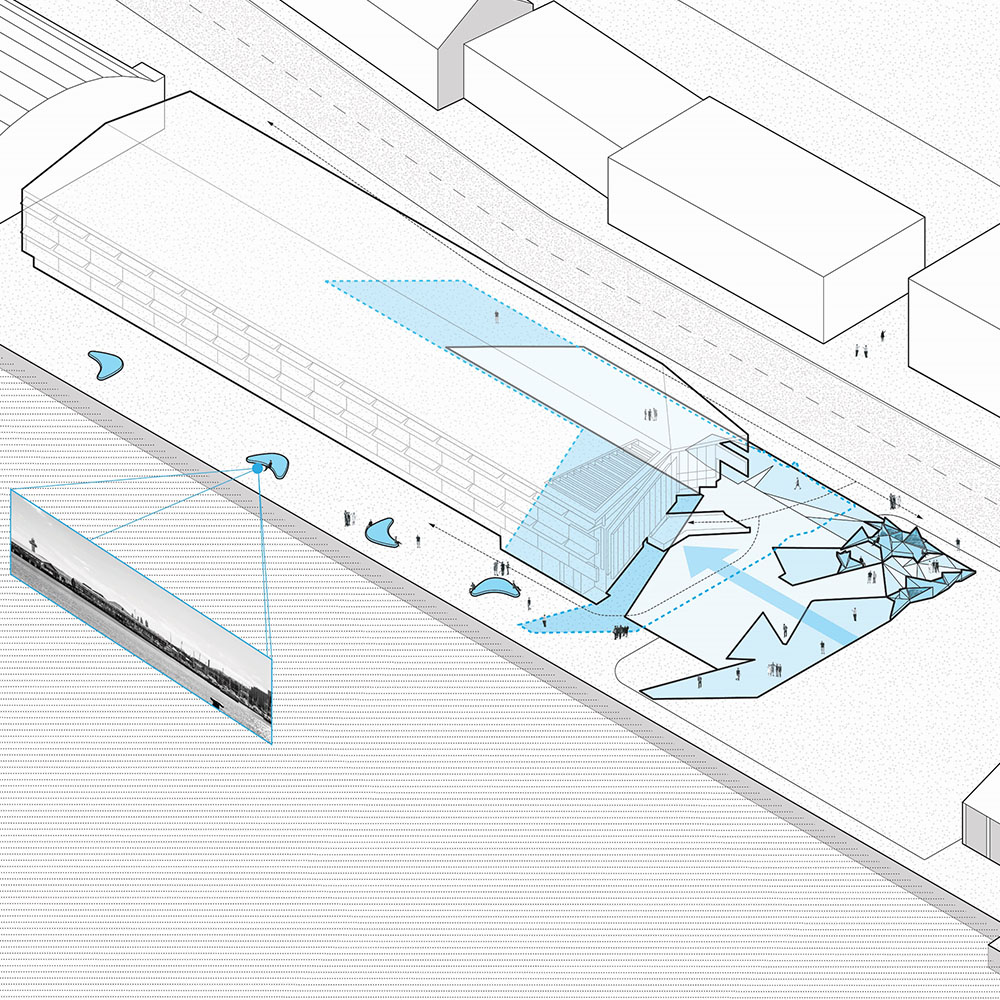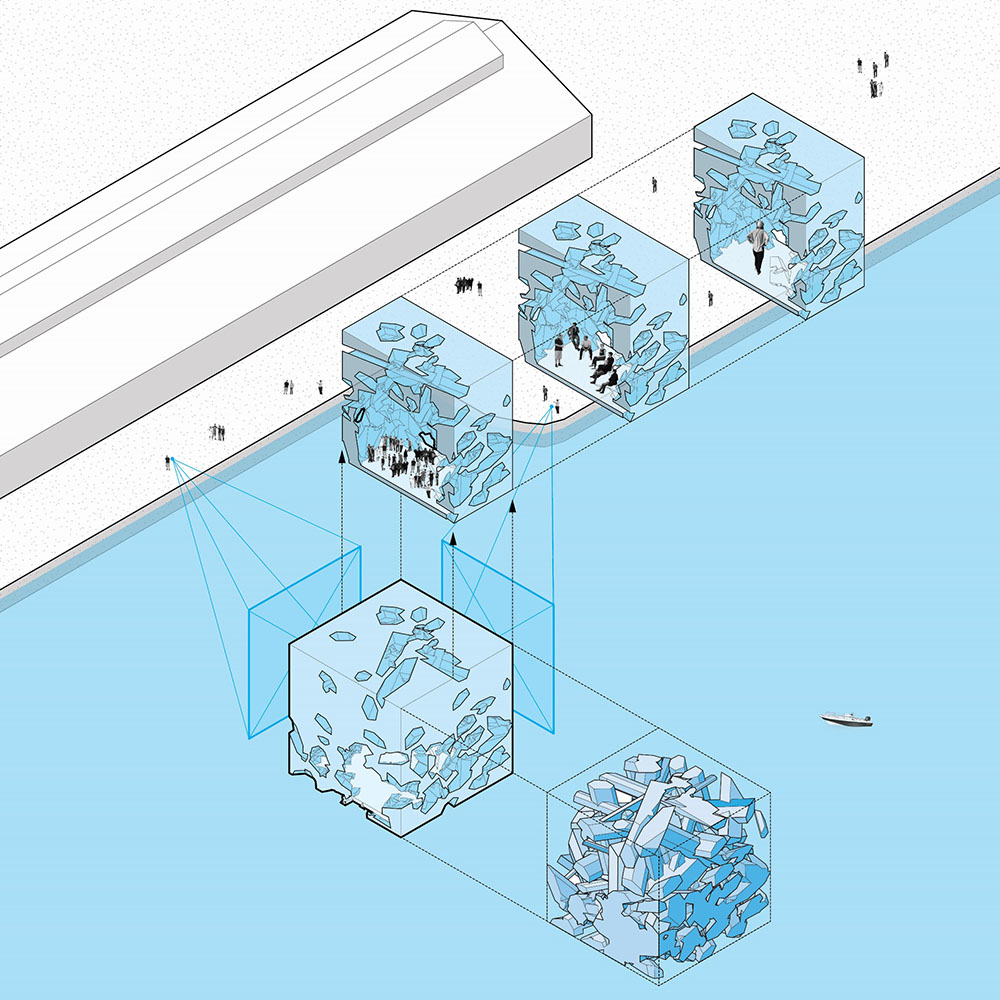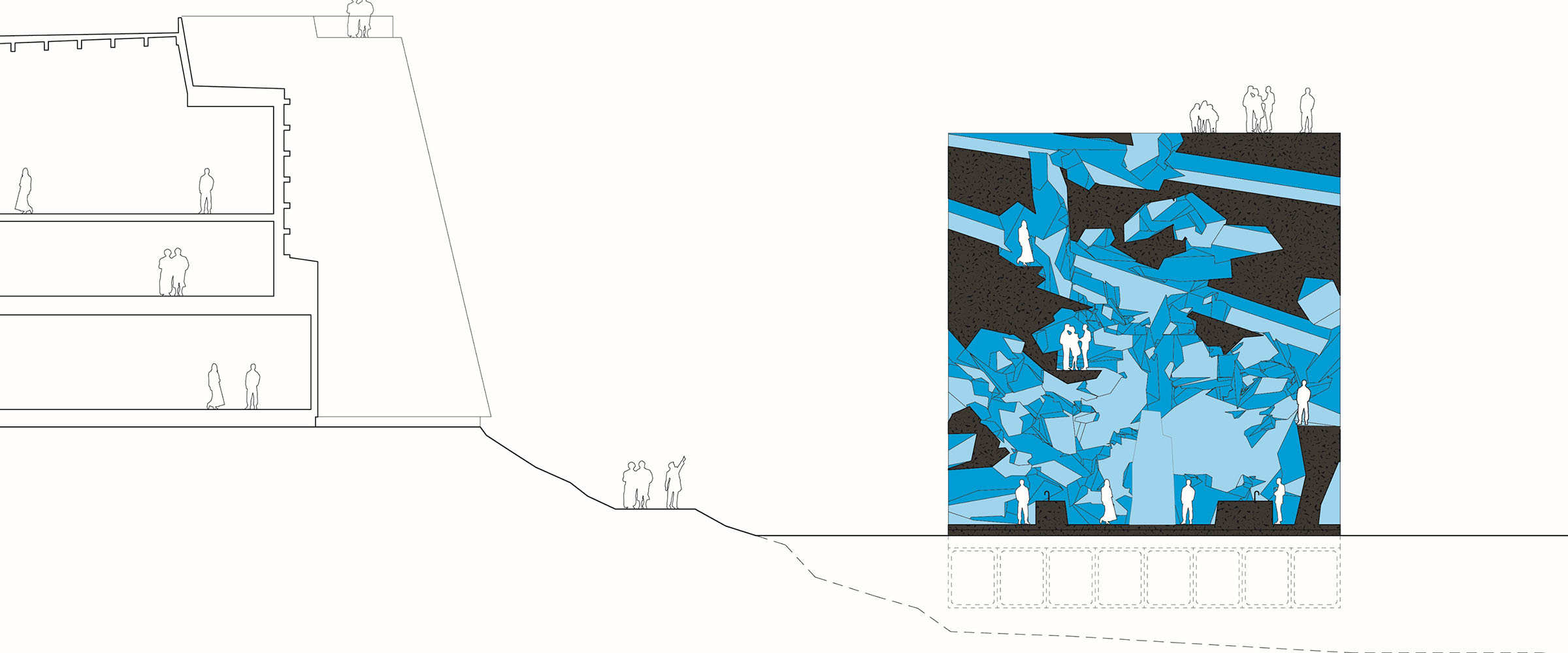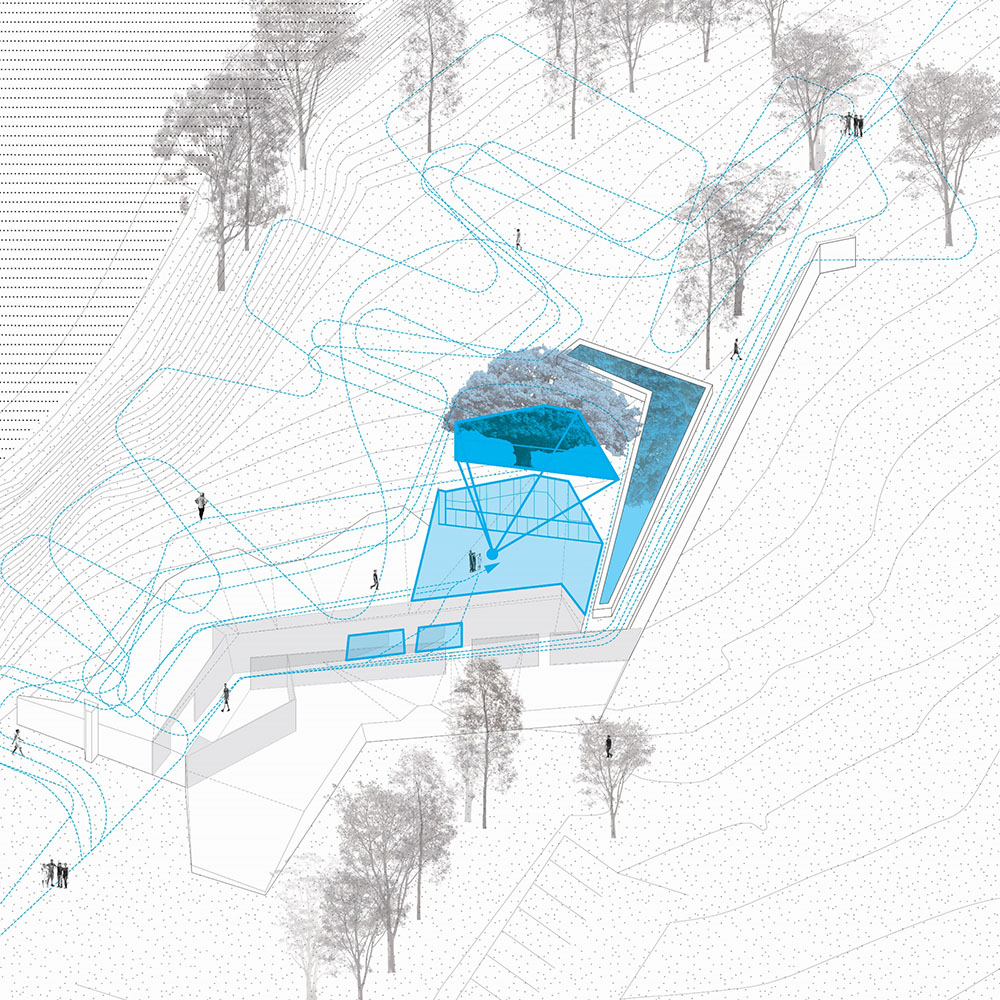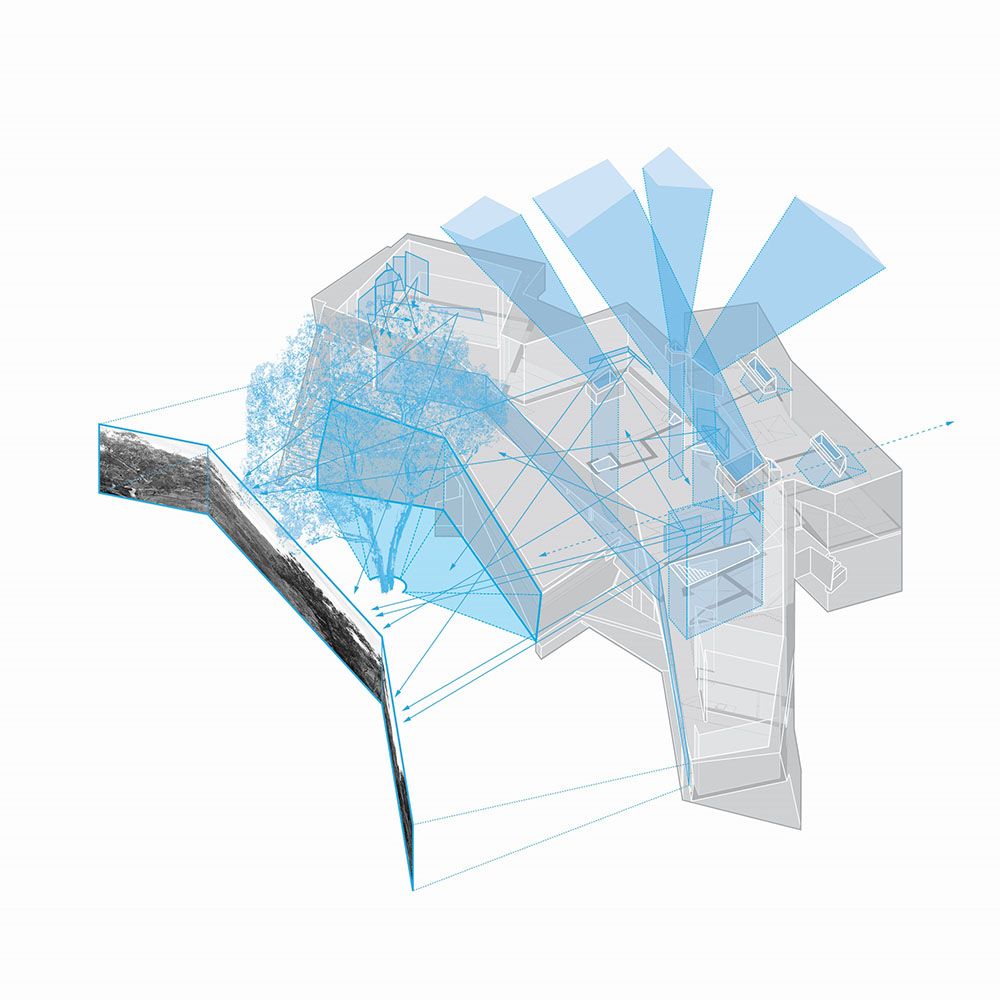-
Making connections through choreography and wonder
Instruments
An instrument is not a type.
An instrument is devised first and foremost through an engagement with its context, such that it might be both inseparable from and completed by it. As response to the conditions of place, it necessarily precedes considerations of type, which it therefore evacuates from the first conception of a project. An instrument thus enables each project to be thought and drawn without any dependence on typology, but, as a key agent in its transformation.
An instrument is fundamentally relational in nature.
Drawing heavily from Andrew Benjamin’s claim that a building/object is constituted by and form part of a network of relations, instruments are less focused on how an object looks, but on what it does. In the age of Instagram, where object has even been replaced by image, working with instruments can be understood as a disciplinary counter measure. Instruments, like the prompts that precede them here, resist immediate presentation within a single image. Instruments refer as much to experience as they do to means of representation.
An instrument draws relationships into play.
Architects think through drawing. Instruments as forms of architectural thought are presented here through detailed drawings. The instruments each attain specificity through the process of drawing. In this sense the work calls for a focus on the discipline and its tools at a time when the photorealism of the render has replaced potentiality in an abstraction, in a diagram.
An instrument is a form of choreography.
These projects are underpinned by a spatial choreography specific to each place, often determined in the first instance by physical engagement to find pathways that elicit the most profound response to place. These explorations yield a geometry that underpins each project and through which each instrument is experienced.
An instrument transforms experience through wonder.
The choreography that underpins physical engagement with place is augmented through the creation of moments that transform experience through wonder. Wonder is understood here in the Aristotelian sense, as providing the foundation of philosophy and thus the impetus to enquire into the nature of our world. The combination of choreography and wonder, in driving the formation of each instrument, aims to encourage the visitor in an experience of place that somehow changes the way they look at the world.
An instrument is instrumental.
If the focus of an instrument is less how it looks than what it does, it follows that in putting these instruments into the world the intention is to change the way that the locations are experienced. Thus, instruments anticipate a change in both physical engagement with place but also the mental imaginary one takes to and from a pla
- TYPE Public
…I said that the nature of an apparatus is essentially strategic, which means that we are speaking about a certain manipulation of relations of forces, of a relational and concrete intervention in the relations of forces . .
Foucault